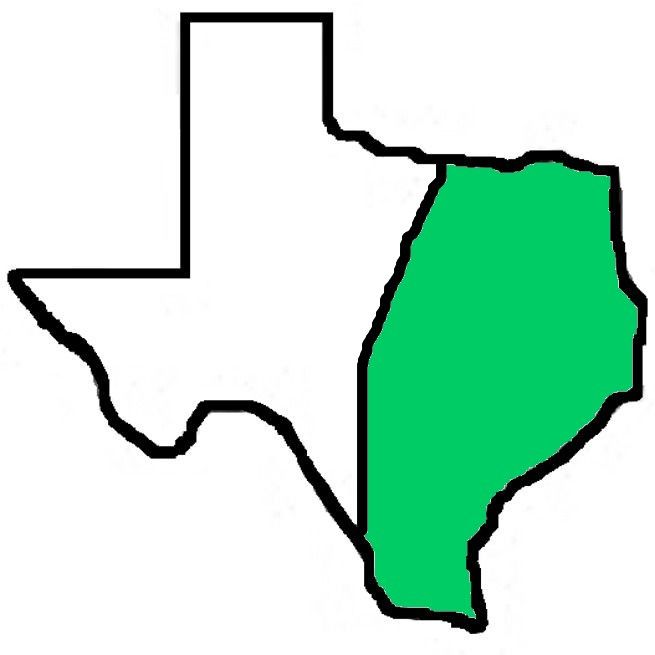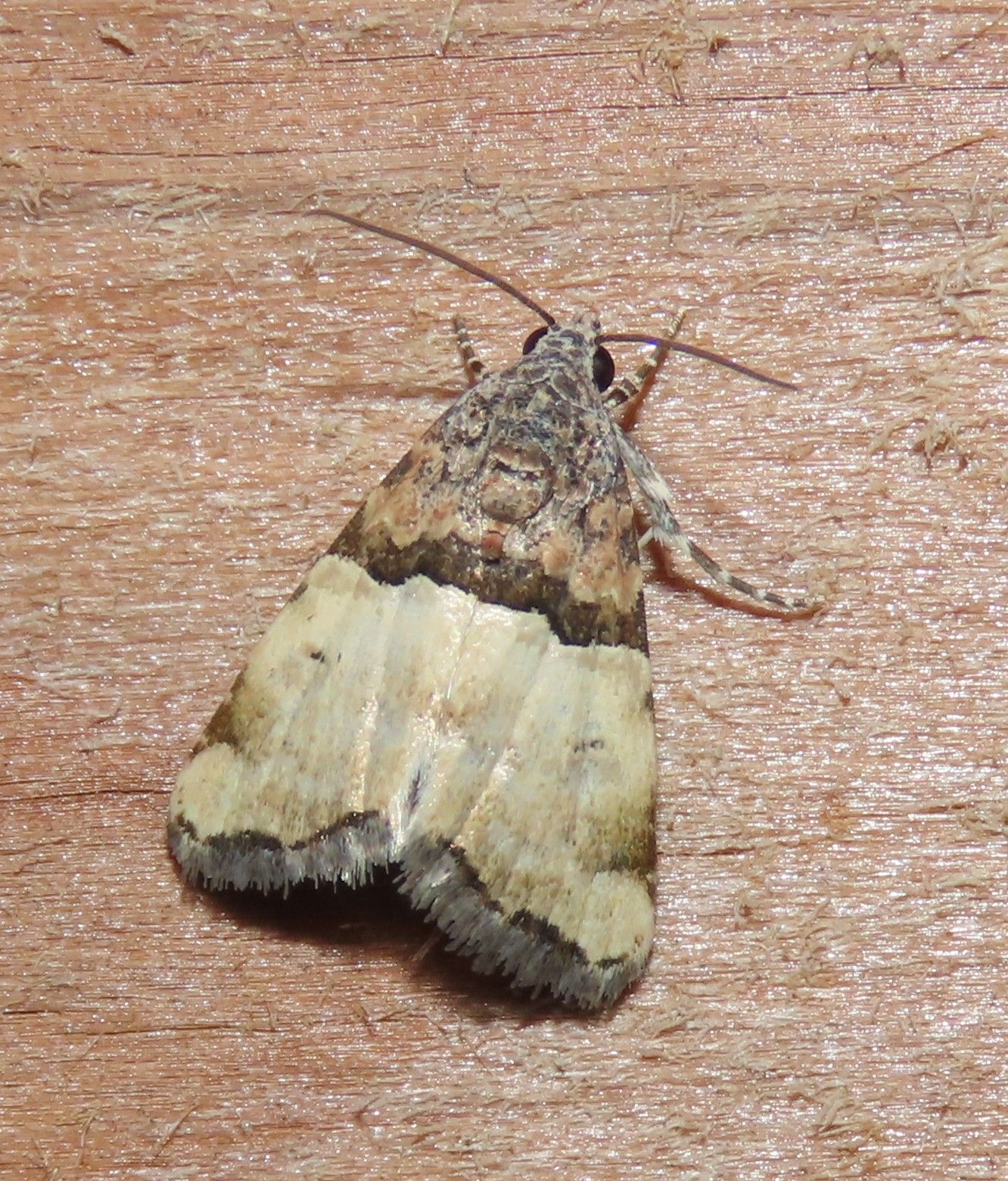
Divided Cobubatha (Cobubatha dividua)
Best told from similar moths by the pale "skirt" and gray-brown basal area separated by a dark band. Recorded February - August, with records in October.
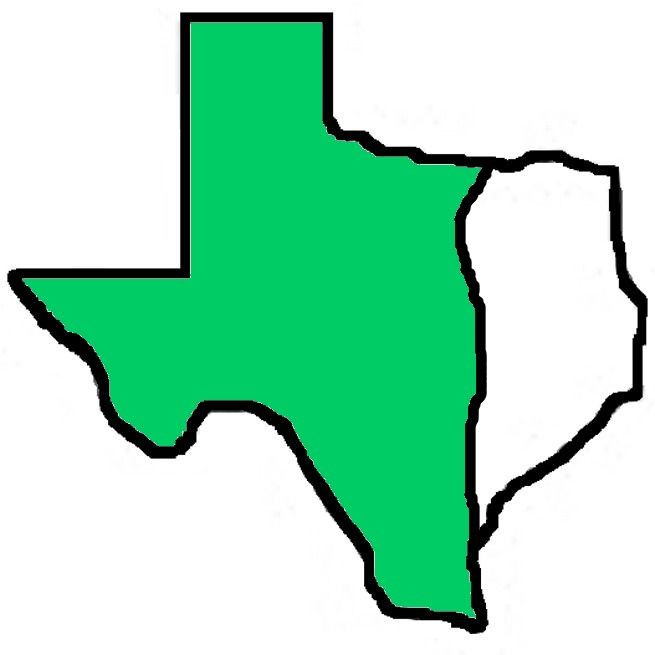
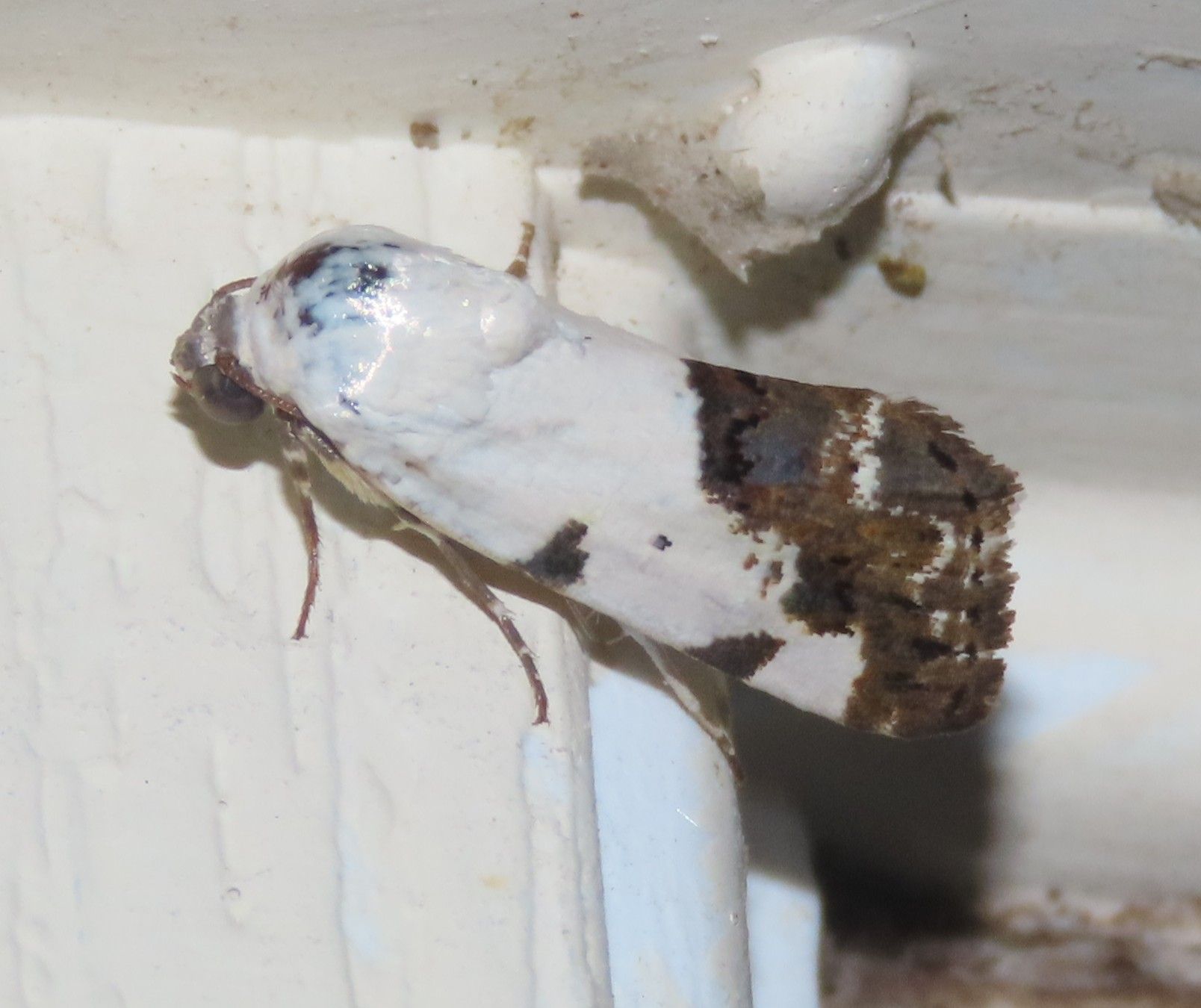
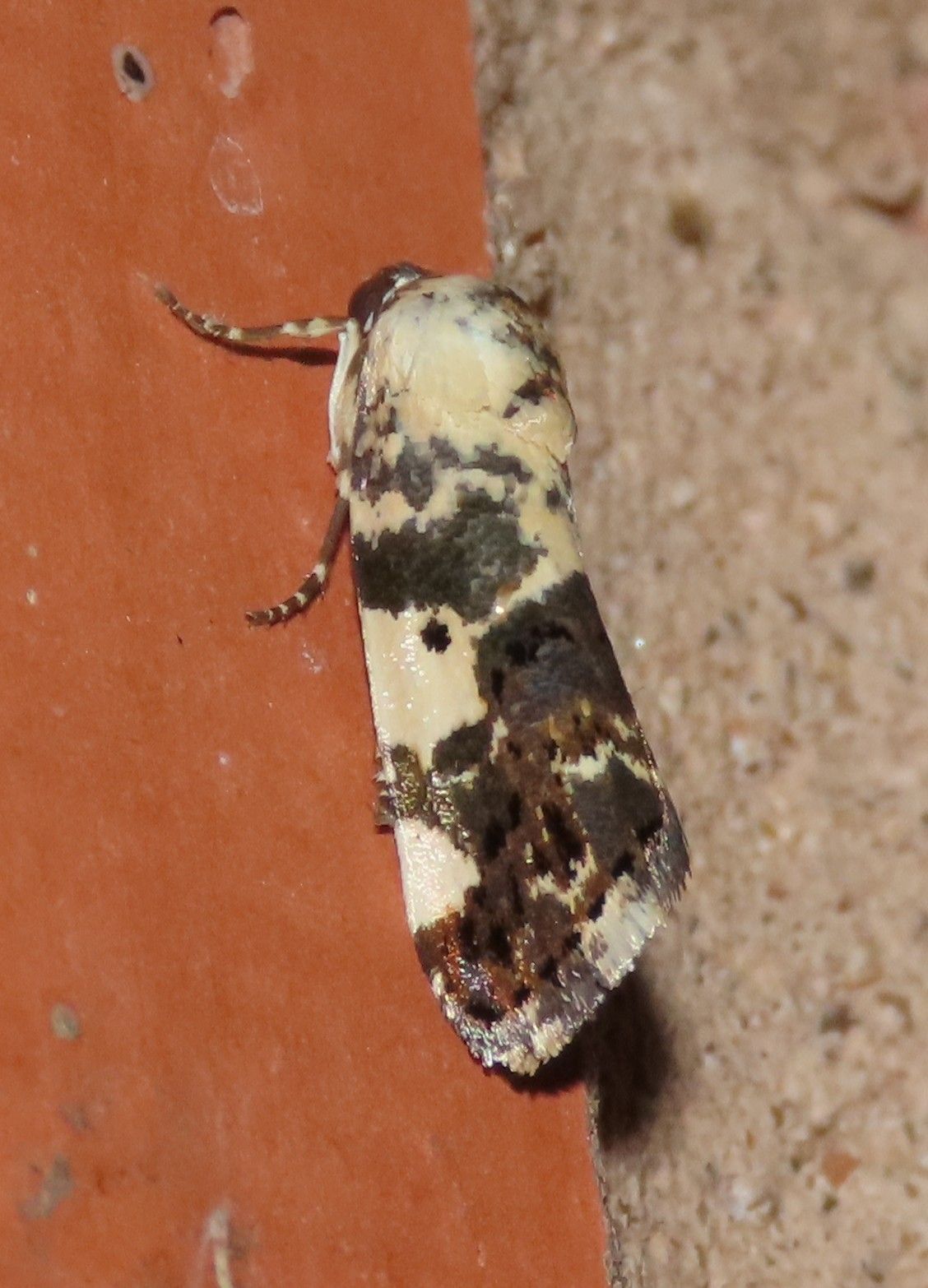
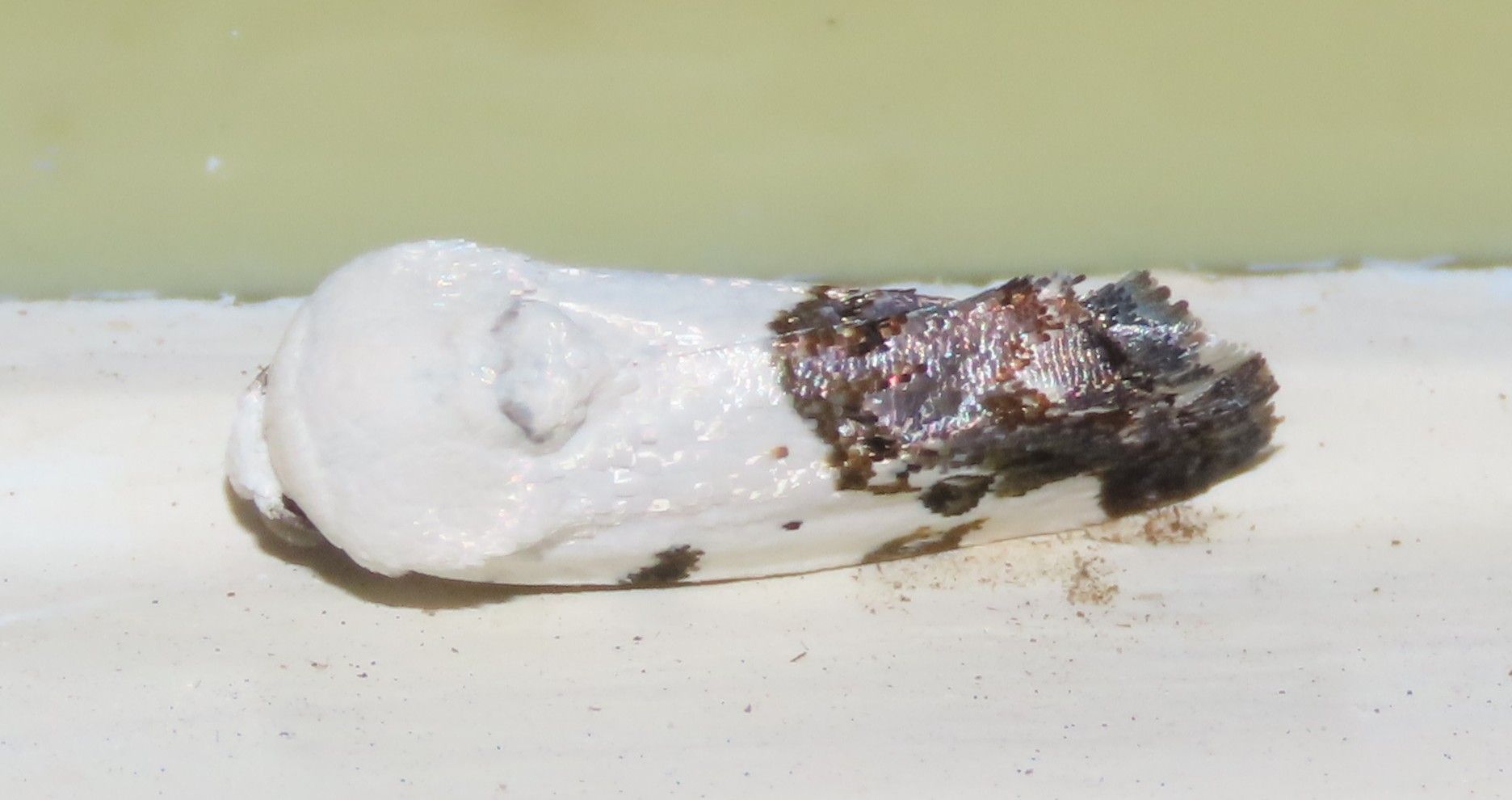
Exposed Bird-dropping Moth (Tarache aprica)
As the far right image shows well, these black-and-white moths really do look like bird droppings! Both sexes (male left, female center) show a small black orbicular spot on the forewing that separates it from other bird-dropping moths. Recorded January - February, and April - November.

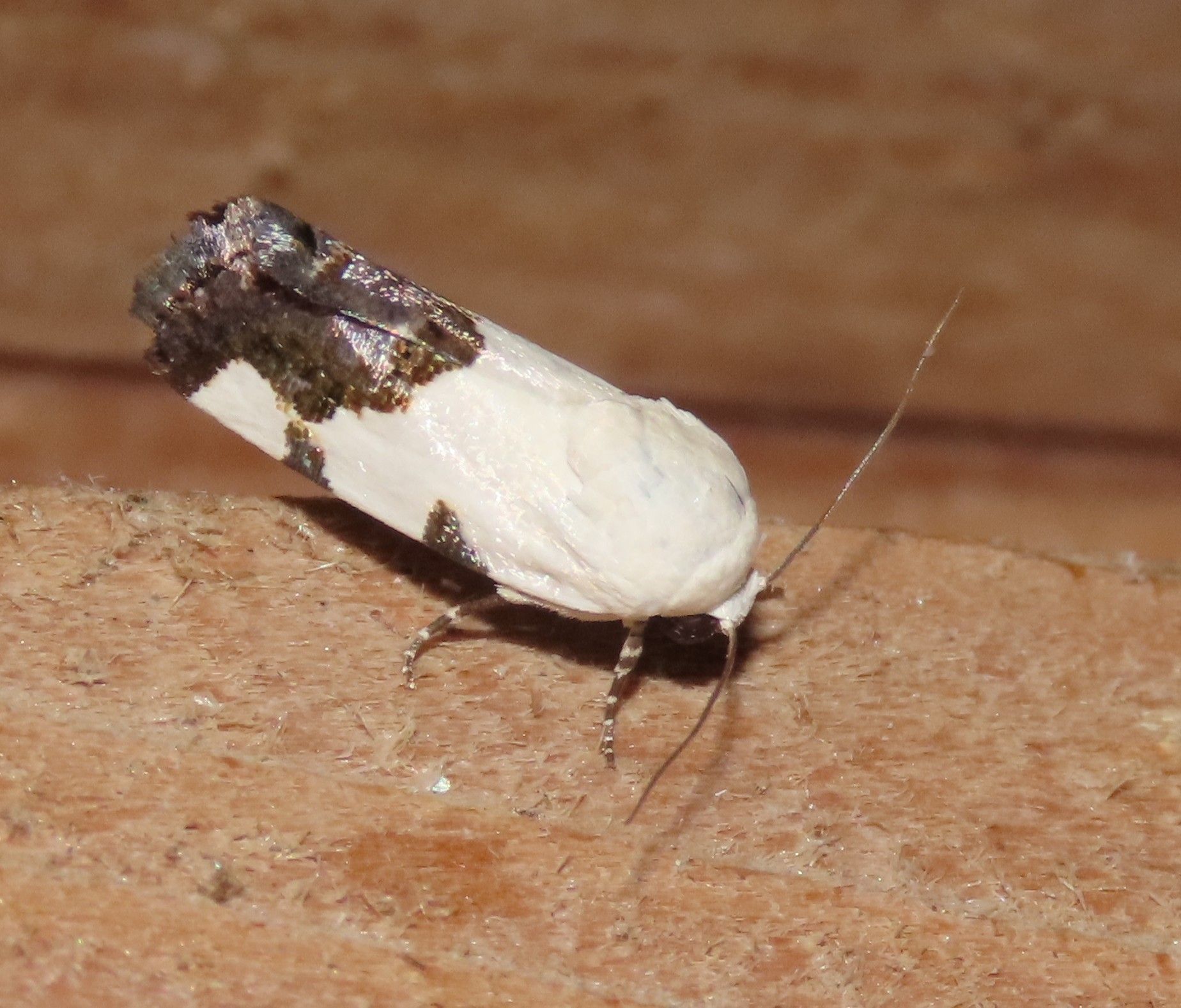
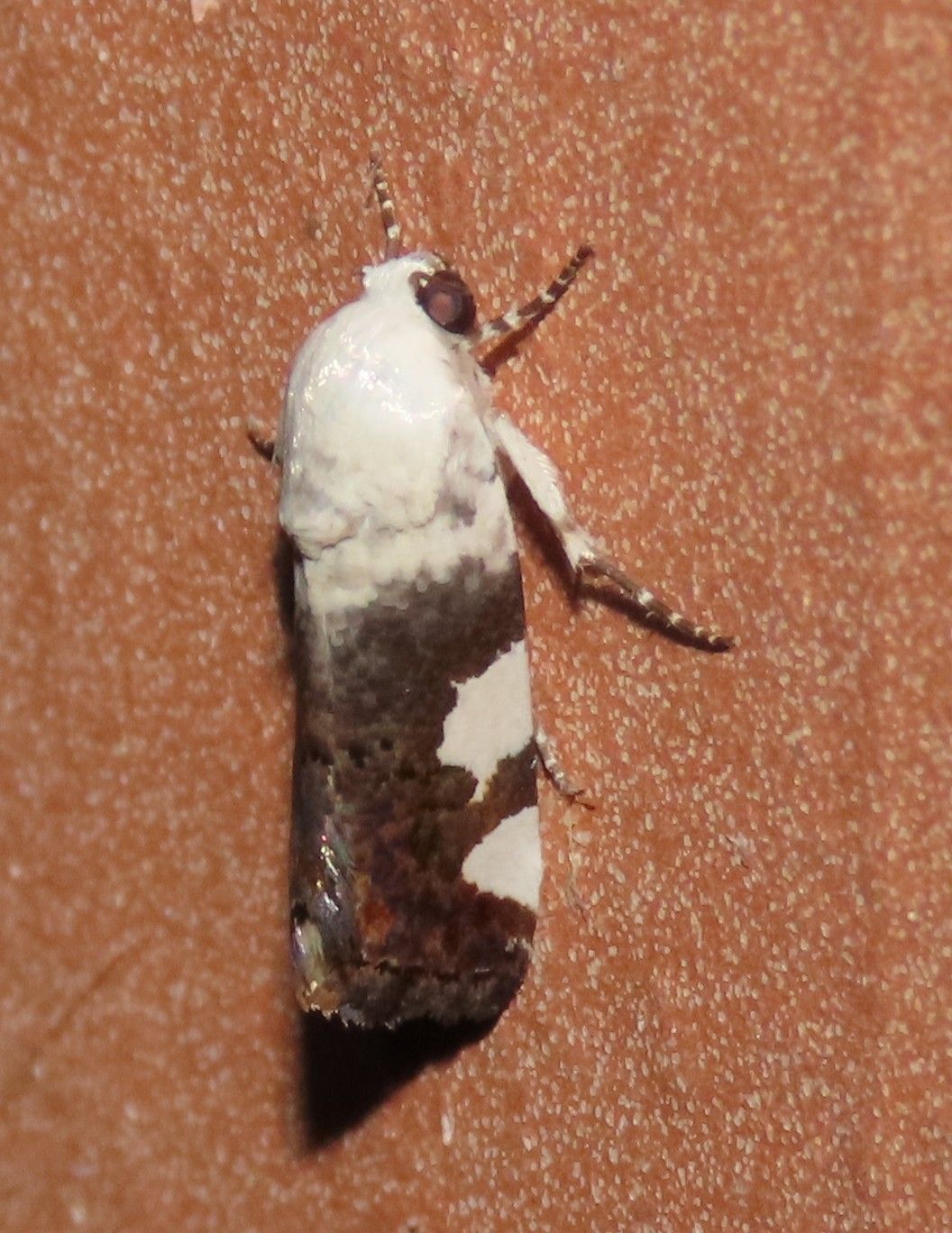
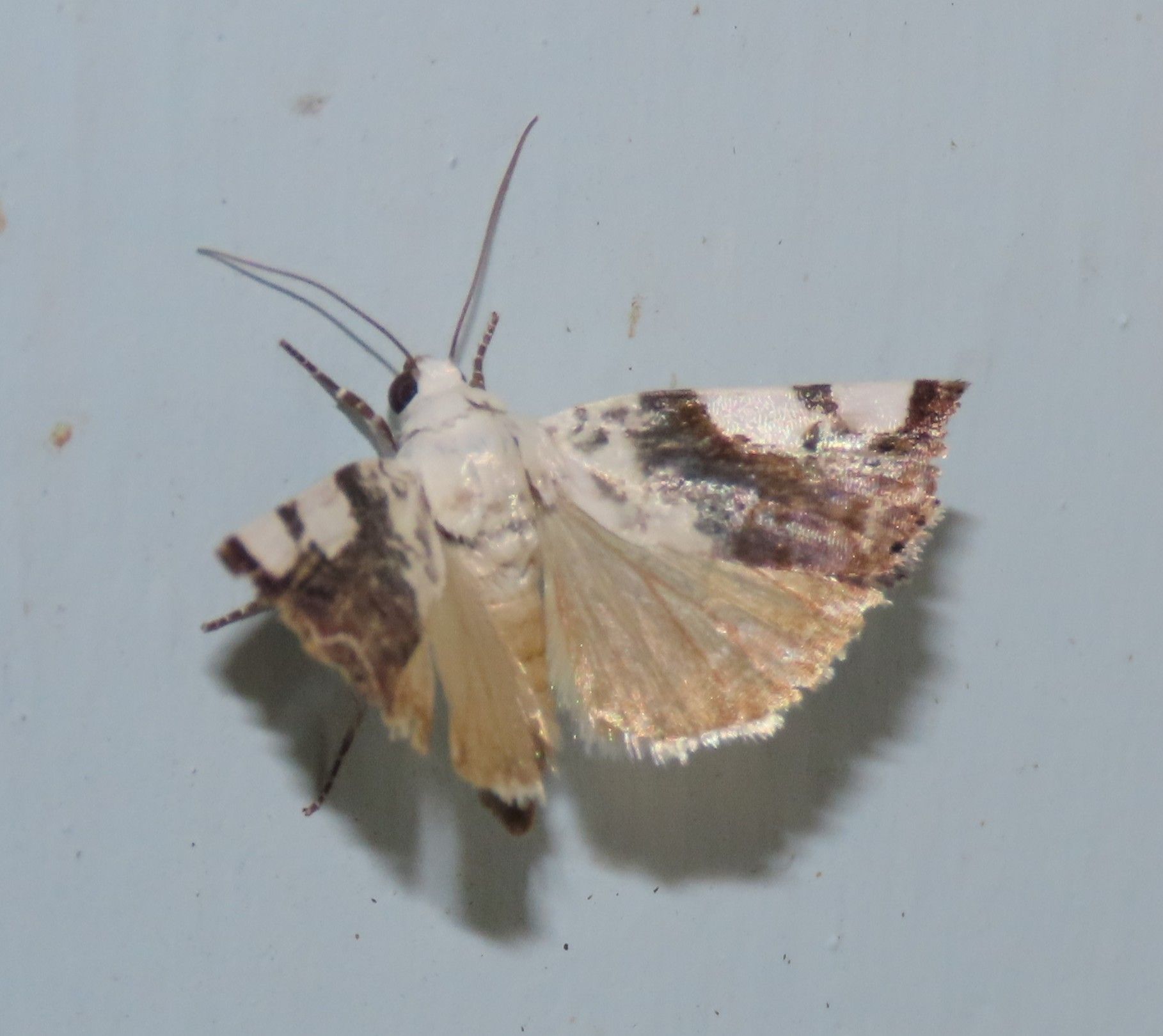
Four-patched Bird-dropping Moth (Tarache quadriplaga)
Similar to the Exposed Bird-dropping Moth, but lacks the small black orbicular spot on the forewing. All Tarache moths can be extremely variable, and some really can't be pinned down to species. Recorded year-round.
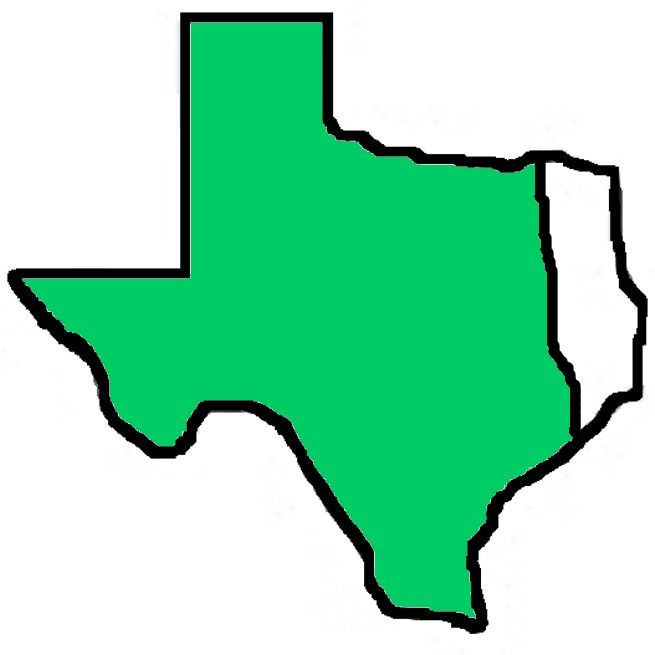

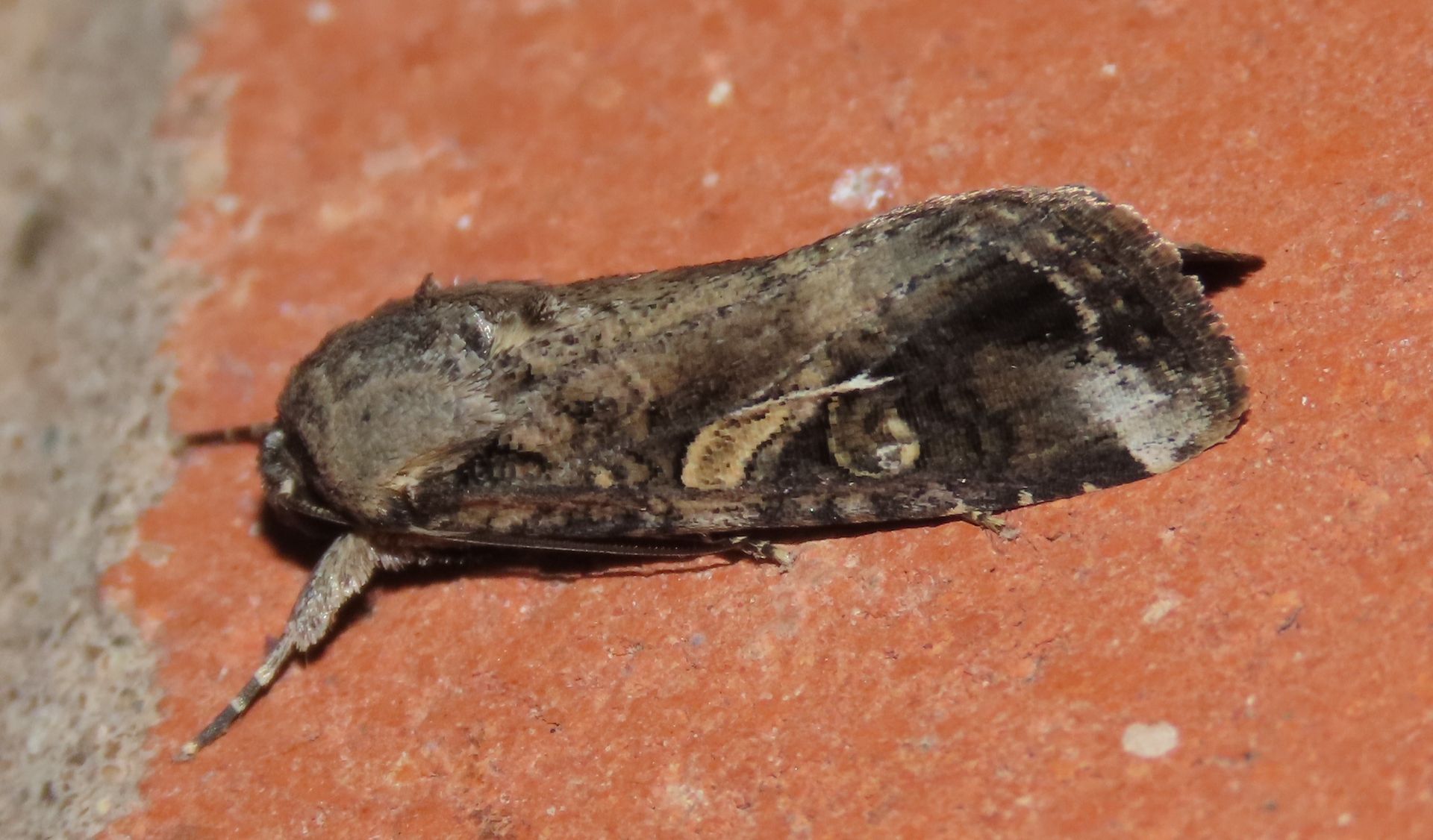
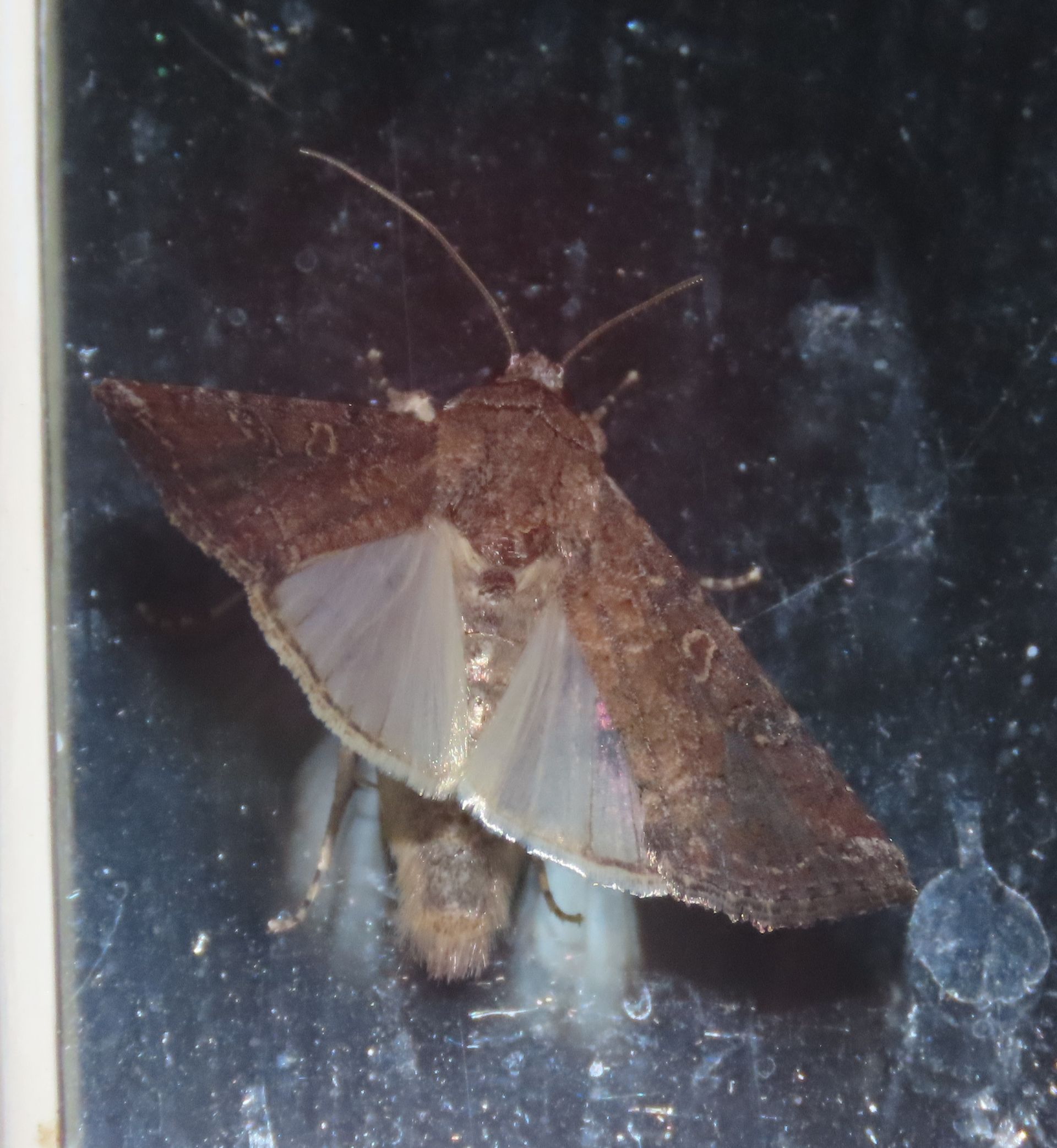
Fall Armyworm (Spodoptera frugiperda)
Males (center) have a rusty orbicular spot and darker reniform spot connected with a white teardrop, plus a whitish apex contrasting with the darker ST area. Females are dull brown overall with a ghost of the male's orbicular/reniform pattern, but some individuals are too worn to make out much of any pattern. When separating armyworms from other similar noctuids in general, look for the furry "biceps"! Recorded June - March.

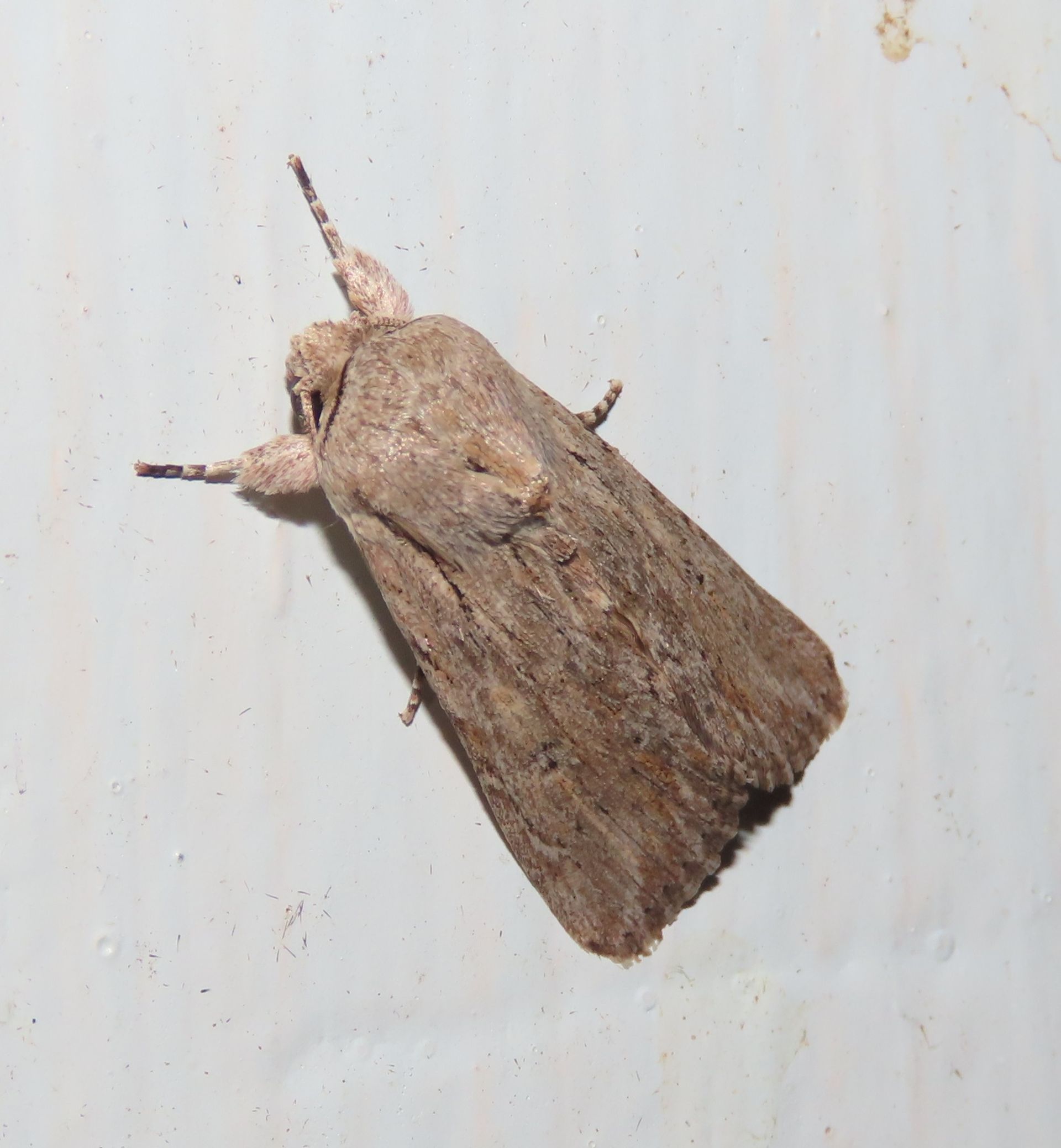


Gray-streaked Armyworm (Spodoptera albula)
This grayish armyworm has a black streak that runs from the shoulder to the oblong, narrow orbicular spot. The rounded reniform spot can be anything from barely visible to startlingly black. Recorded May - March.
